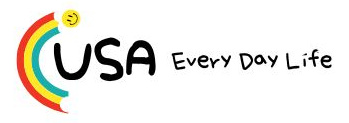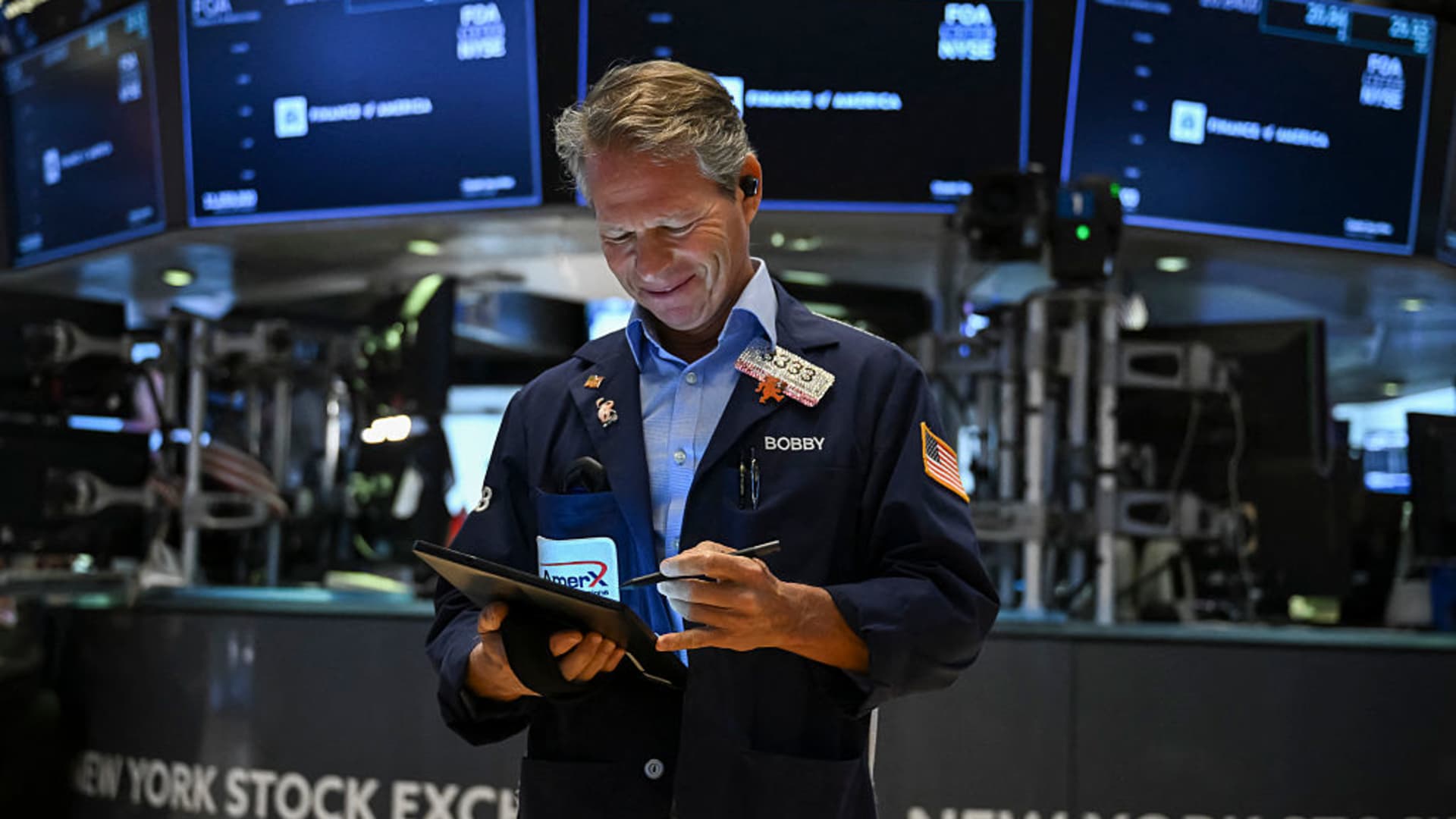Investors may want to consider hedging their portfolios with higher quality, lower volatility stocks as the market enters the fall stretch. While stocks roared to new all-time highs for a full week last month, a weaker-than-expected July jobs report and downward revisions to May and June have dampened sentiment since then. Maybe more worrying is that the stock market is entering a seasonal dead zone that could temper any near-term rallies. Data from Wolfe Research showed that since 1990, the S & P 500’s monthly total return for August and September has averaged a decline of 0.3% and 0.7%, respectively. “As markets continue to hit new all-time highs, we expect to see a consolidation post earnings season as stocks enter into a historically weaker period,” wrote Chris Senyek, chief investment strategist at Wolfe, in a recent note, before Friday’s job figures. “Our sense remains that the biggest risk to stocks in the back half of the year is stickier inflation keeping rates much higher than the futures market currently expects!” With this in mind, CNBC Pro screened FactSet data to find high quality stocks with low volatility that could be good hedges against if the market turns turbulent. To be included in the table below, stocks had to meet the following criteria: A market beta below 1 A Standard & Poor’s quality ranking of B+ or higher Expected to grow earnings this year Already in the green for 2025 Berkshire Hathaway’s Class B shares turned up on the screen. The stock is up 4% this year but was last trading 3% lower on Monday after Warren Buffett’s conglomerate reported its operating earnings declined in the second quarter. Last quarter, Berkshire’s operating earnings — including those from its insurance and railroad businesses — slipped 4% year-over-year , to $11.16 billion. A drop in insurance underwriting was the culprit for the decline. But with a market beta of 0.62 and prospective 2025 earnings growth of 1.3%, Berkshire could still be a good hedge for investors. Standard & Poor’s rates the stock a B+. Transportation stock C.H. Robinson also made the screen, with a market beta of 0.88 and expected 2025 earnings growth of 4.5%. Standard & Poor’s gives the stock an A rating. Last week, Baird upgraded the third-party logistics provider to an outperform rating from neutral after C.H. Robinson posted second-quarter adjusted earnings of $1.29 per share, beating the FactSet consensus estimate from analysts of $1.16 per share. “By all accounts, management’s efforts to reduce costs and increase operating efficiencies through automation appear to be progressing rapidly, placing it in a unique position to accelerate market share gains and grow earnings,” Baird analyst Daniel Moore wrote. Moore’s new 12-month price target of $135, up from $105, implies that shares of C.H. Robinson could rally 19% from their Friday close. The stock has already risen 12% this year. Pharmacy chain and health insurer CVS Health has surged 38% this year. The Rhode Island-based company has a market beta of 0.48, an A+ rating from Standard & Poor’s and could boost its earnings 1.5% this year. Last Thursday, CVS reported second-quarter adjusted earnings and revenue that beat analyst expectations. Subsequently, Bank of America raised its price objective to $89 from $85. Bank of America’s updated target is approximately 42% higher than where shares of CVS currently trade. “As CVS’ peers deal with headwinds from higher than expected utilization in Medicare Advantage and structural shifts in the Medicaid market, CVS is outperforming the group, largely due to steps the company took last year to cut benefits and adjust pricing. Separately, CVS is capturing unique tailwinds in the retail pharmacy market, driven by industry consolidation and CVS’ position as an integrated [pharmacy benefit manager], mail/specialty pharmacy, and retail pharmacy,” the analyst wrote.





